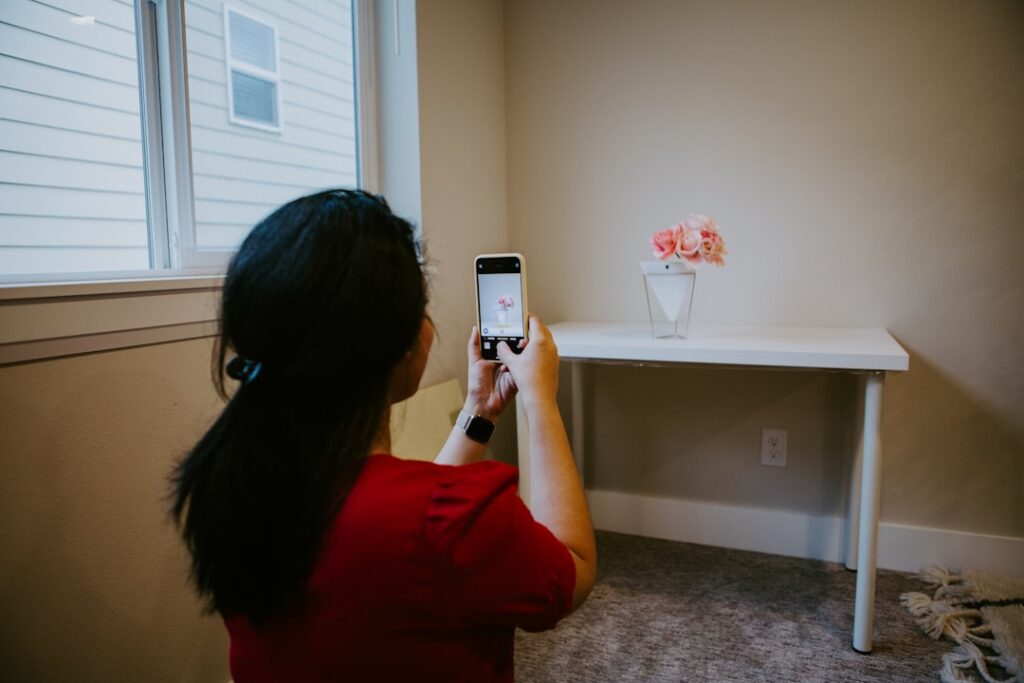DIY Smart Home Automation: Transform Your Home with Smart Devices
The rise of DIY smart home automation has empowered homeowners to take control of their living environments in innovative ways. With the vast array of smart home devices available today, creating an automated ecosystem tailored to your needs has never been easier or more accessible. In this guide, we will explore the key devices and systems that can enhance your home’s functionality and security, making your day-to-day life simpler and more efficient.
What is DIY Smart Home Automation?
DIY smart home automation refers to the process of integrating various smart devices into your home, allowing you to control them through a centralized platform—often via a smartphone or smart hub. This technology enables users to manage everything from lighting and security systems to climate control and entertainment devices, all tailored to their specific preferences.
Benefits of DIY Smart Home Automation
- Convenience: Home automation allows for remote control of devices, making daily tasks easier.
- Energy Efficiency: Smart devices can help monitor and reduce energy consumption.
- Enhanced Security: Automated systems can alert you to unusual activities and help protect your home.
- Customization: Control and configure devices according to your schedule and preferences.
Essential Smart Home Devices for DIY Automation
To create a successful DIY smart home automation system, you’ll want to start with essential devices that serve as the backbone of your setup. Here’s a breakdown of key categories:
Smart Lighting
Smart lighting can significantly improve the ambiance and functionality of your home. Options include:
- Smart Bulbs: Easily replace traditional bulbs with smart ones that can change colors and dim from your smartphone.
- Smart Switches: Upgrade existing switches to control lights remotely and set schedules.
Smart Security Cameras
Keeping your home secure is paramount. Consider integrating:
- Indoor Cameras: Monitor activity within your home, especially during the day.
- Outdoor Cameras: Keep an eye on your property’s perimeter.
- Video Doorbells: Get alerts and view who is at your door, even when you’re not home.
Smart Thermostats
Smart thermostats optimize your home’s heating and cooling:
- Energy Saving: Learn your preferences and adjust settings automatically.
- Remote Access: Control your home’s climate from anywhere using an app.
Integrating Devices for a Seamless Experience
Once you have selected your devices, the next step is to integrate them into a cohesive smart home system. Here are some tips:
Select a Central Hub
A smart hub acts as the central command for all your devices, streamlining communication between them. Popular choices include:
- Amazon Echo: Works well with Alexa-compatible devices.
- Google Nest Hub: Ideal for users within the Google ecosystem.
- SmartThings Hub: Compatible with a wide range of devices across different brands.
Create Automation Routines
Automation routines allow you to trigger multiple actions simultaneously. For instance, you can set a routine to:
- Turn off all lights and lock doors when you leave.
- Adjust the thermostat and dim the lights when it’s movie time.
Common DIY Smart Home Automation Challenges
While creating a DIY smart home automation setup can be exciting, it comes with its own set of challenges:
Compatibility Issues
Not all smart devices work seamlessly together. Check compatibility before making purchases to ensure devices can connect with your chosen hub or application.
Wi-Fi Connectivity
Smart devices rely on stable Wi-Fi connections. Consider investing in a reliable router or Wi-Fi extender to ensure that all devices are reachable throughout your home.
Conclusion
With the growing versatility and affordability of DIY smart home automation, it’s easier than ever for homeowners to enhance their living spaces. By choosing the right devices and integrating them thoughtfully, you can create a smart home tailored to your lifestyle. Embracing automation not only increases convenience but also promotes energy savings and enhanced security—making it a worthwhile investment in your home’s future. Start your journey today, and transform your home with smart technology!
Benefits of DIY Smart Home Automation
The appeal of DIY smart home automation lies in the flexibility and customization it offers. Homeowners can tailor their smart home systems to fit their unique lifestyles and preferences. Whether it’s scheduling lights to turn on at sunset or programming the thermostat to adjust based on occupancy, the possibilities are nearly limitless. This level of personalization allows for a more refined and user-friendly experience, ensuring that your smart home feels just right for you.
Cost Savings and Accessibility
Another advantage of DIY smart home automation is the potential for significant cost savings. Many off-the-shelf products are designed for easy installation, reducing labor costs associated with hiring professionals. By taking on the project yourself, you not only save money but also gain invaluable skills and insight into how your home functions. Furthermore, with numerous online resources and communities dedicated to DIY automation, access to knowledge and guidance has never been easier.
Popular DIY Smart Home Automation Projects
For those looking to get started with DIY smart home automation, there are several popular projects to consider. One common project involves creating a smart lighting system that can be controlled remotely or set on a schedule. Another appealing option is setting up smart security cameras or doorbell systems to monitor your property effectively. These projects can enhance convenience and increase your home security while allowing you to learn more about smart technology in the process.
Integrating Devices for a Seamless Experience
Integration is key in DIY smart home automation. Ensuring that all your devices work together can create a cohesive environment that streamlines daily tasks. Popular platforms like Google Home and Amazon Alexa support a wide variety of smart devices, making it easier to control everything from your lights to your appliances with simple voice commands. Combining multiple devices within a single ecosystem not only simplifies automation but also elevates your overall smart home experience.


